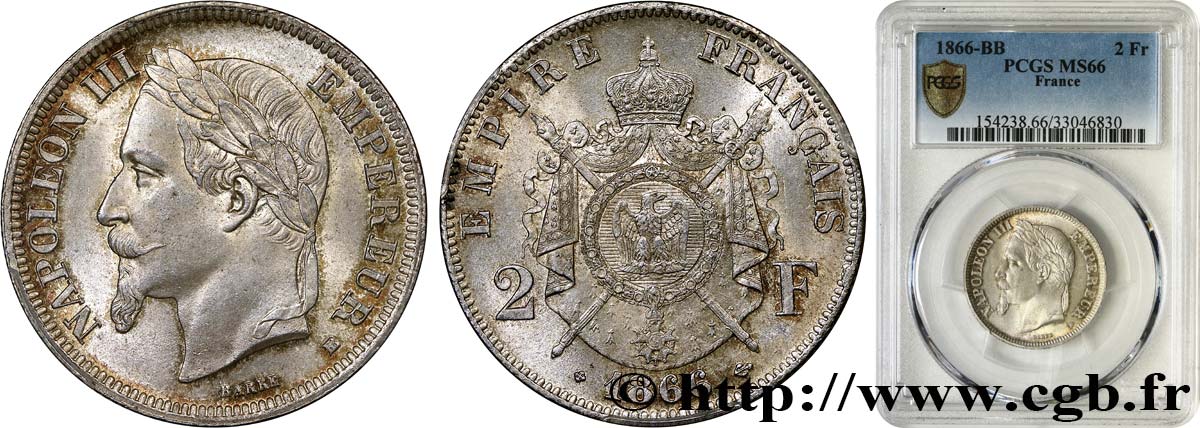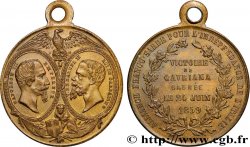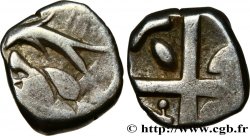Live auction - fmd_626248 - 2 francs Napoléon III, tête laurée 1866 Strasbourg F.263/3
You must signin and be an approved bidder to bid, LOGIN TO BID. Accounts are subject to approval and the approval process takes place within 48 hours. Do not wait until the day a sale closes to register. Clicking on "BID" constitutes acceptance of the terms of use of cgb.fr private live auctions.
Bids must be placed in whole Euro amounts only. The sale will start closing at the time stated on the item description; any bids received at the site after the closing time will not be executed. Transmission times may vary and bids could be rejected if you wait until the last second. For further information check the Live auction FAQ
All winning bids are subject to a 18% buyer’s fee.
All winning bids are subject to a 18% buyer’s fee.
| Estimate : | 1 100 € |
| Price : | 740 € |
| Maximum bid : | 1 555 € |
| End of the sale : | 08 December 2020 18:24:04 |
| bidders : | 3 bidders |
Type : 2 francs Napoléon III, tête laurée
Date: 1866
Mint name / Town : Strasbourg
Quantity minted : 3089824
Metal : silver
Millesimal fineness : 835 ‰
Diameter : 27,09 mm
Orientation dies : 6 h.
Weight : 10 g.
Edge : cannelée
Slab

PCGS : MS66
Coments on the condition:
Sous coque PCGS MS66
Catalogue references :
Predigree :
Cet exemplaire provient d’une vente de la Maison Creusy
Obverse
Obverse legend : NAPOLEON III - EMPEREUR / BB.
Obverse description : Tête laurée de Napoléon III à gauche, un ruban descendant sur l'épaule ; au-dessous BARRE le long du listel.
Reverse
Reverse legend : EMPIRE FRANÇAIS.
Reverse description : 2 / F de part et d'autre d'une aigle éployée sur un foudre entourée du collier de la Légion d'honneur brochant sur deux sceptres (main de justice et sceptre de Charlemagne) posés en sautoir, reposant sur une tenture ornée de mouchetures d'hermine à l'intérieur et d'abeilles à l'extérieur, sommée d'une couronne impériale de laquelle partent deux rubans. Au-dessous, 1866 encadré des différents.
Commentary
De qualité équivalente à l’actuel exemplaire de la Collection Idéale.








 Report a mistake
Report a mistake Print the page
Print the page Share my selection
Share my selection Ask a question
Ask a question Consign / sell
Consign / sell
 Full data
Full data















